-
Z Is For Moose by Kelly Bingham and Paul O. Zelinsky Picture Book Analysis
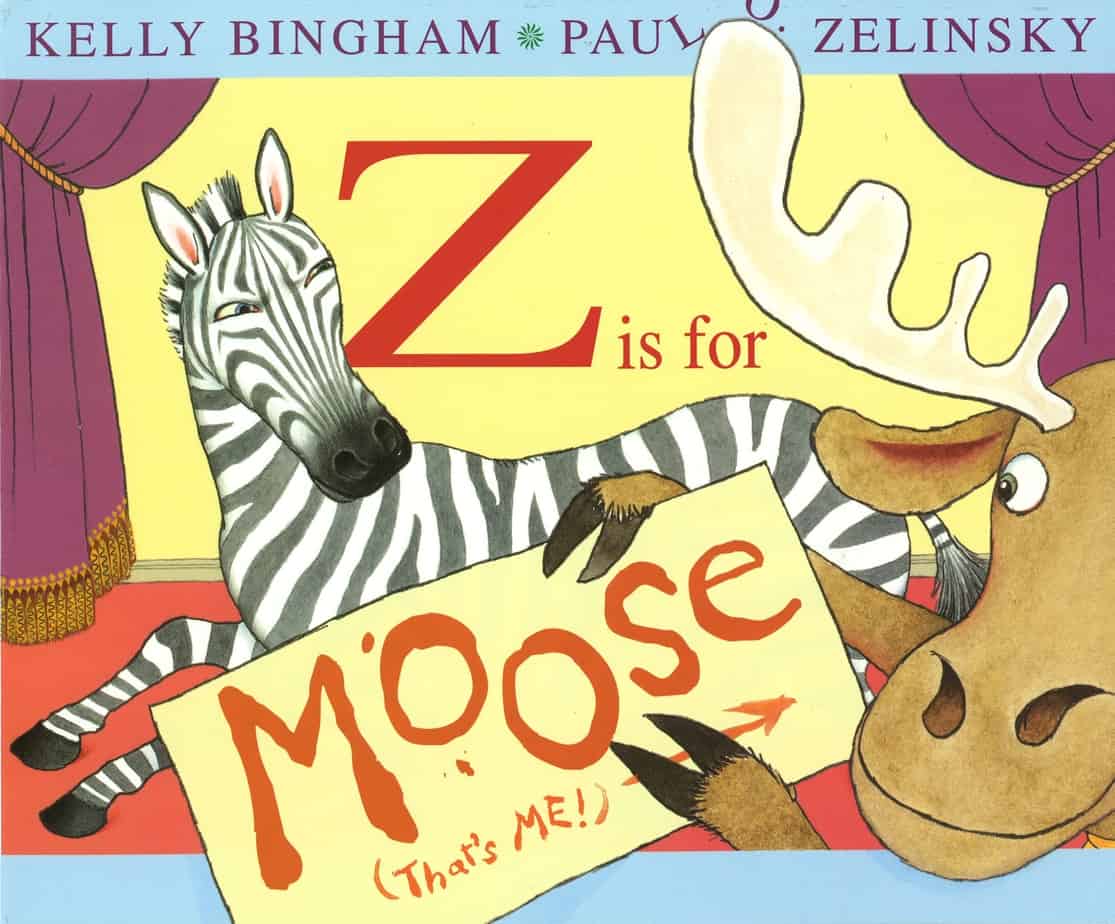
Kate de Goldi discusses Z Is For Moose on Radio New Zealand and has trouble not laughing. (This is what made me buy the book.) There is something inherently funny about a moose. Is it the bulbous snout, or the slightly onomatopoeic name? (I’m not sure what real-world sound the word ‘moose’ makes, but it […]
-
Mr Chicken Goes To Paris by Leigh Hobbs Analysis
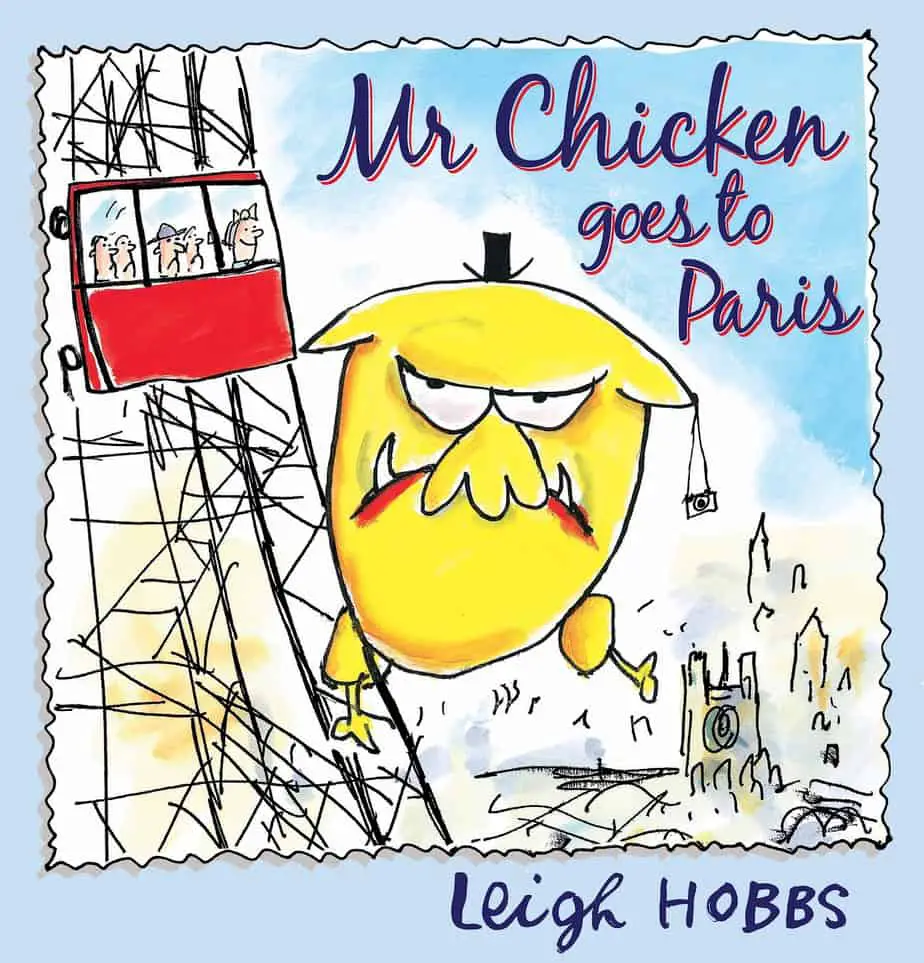
Mr Chicken Goes To Paris is a carnivalesque picture book about a chicken who goes to Paris on holiday. For a whiff of the Foreign, film makers often turn to France and especially Paris. The same is true in children’s films, from “Ratatouille” to “Hunchback of Notre Dame.” And the same is true in children’s […]
-
Gorilla by Anthony Browne Picture Book Analysis
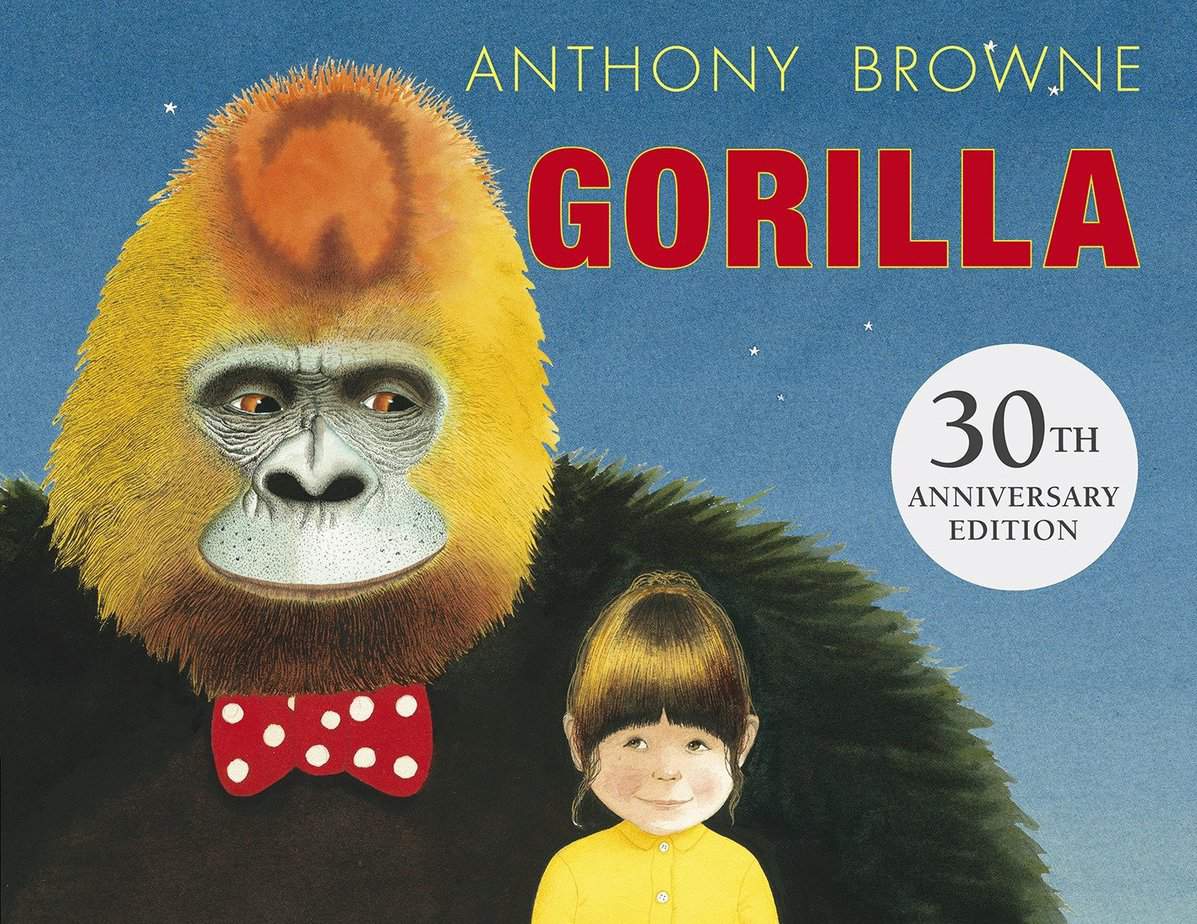
Gorilla is the book that made Anthony Browne’s name as a creator of postmodern picture books. It was awarded the Kurt Maschler Award (1982-1999), which specifically rewarded British picture books demonstrating excellent integration between words and pictures. WHAT HAPPENS IN GORILLA? A girl called Hannah — about 6 or 7 years old — feels that […]
-
This Is Not My Hat by Jon Klassen Analysis
This Is Not My Hat by Jon Klassen shows that toddlers can cope with the horror genre. “Jon Klassen’s darkly humorous illustrations are a joy to behold. Deceptively simplistic, the expressions and events that he captures, which range from the sublime to the sinister, are utterly wonderful.” The CILIP Carnegie and Kate Greenaway Medal judges’ […]
-
Guess Who’s Coming For Dinner? Picture Book Analysis
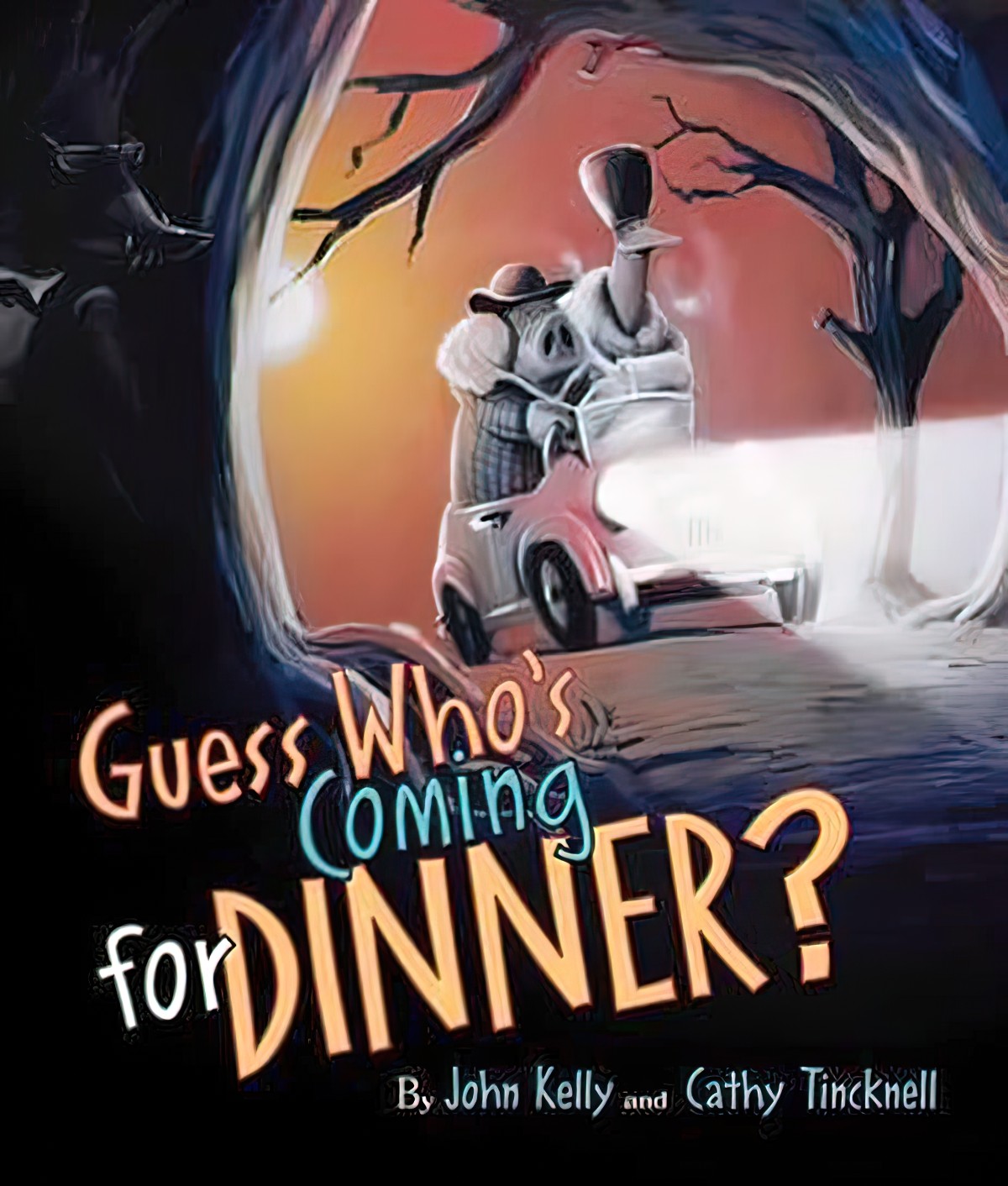
Guess Who’s Coming For Dinner is one of my all-time favourite picture books and funnily enough, it has been created by a husband and wife team. Some of the very best picture books are obviously created with a lot of collaboration between writer and illustrator, and it amazes me that so many (also good) picture books are created without writer…
-
The Magical Life Of Mr Renny by Leo Timmers Picture Book Analysis
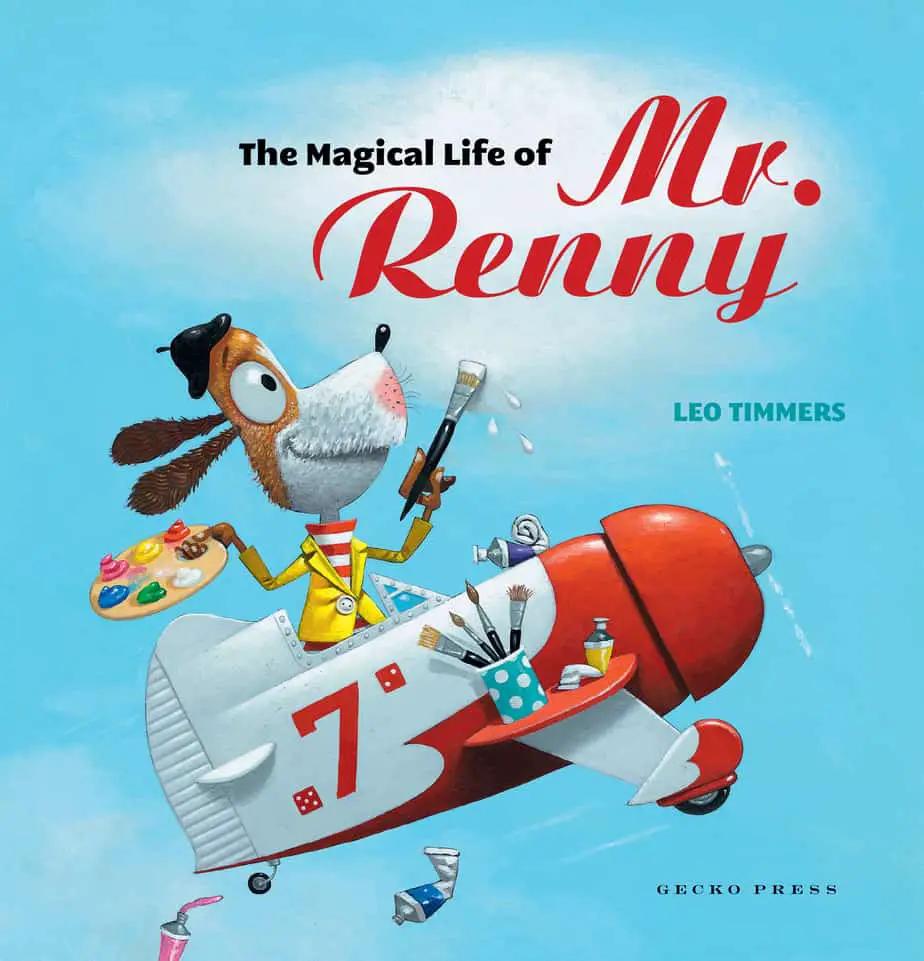
The Magical Life of Mr Renny by Leo Timmers is a modern Magic Paintbrush story in which a central dog character can paint anything he likes. Timmers adds a romantic subplot. PLOT OF THE MAGICAL LIFE OF MR RENNY A ‘starving artist’ (represented by a dog called Renny) can’t sell any paintings at the market. […]
-
Where Is The Green Sheep? Picture Book Analysis
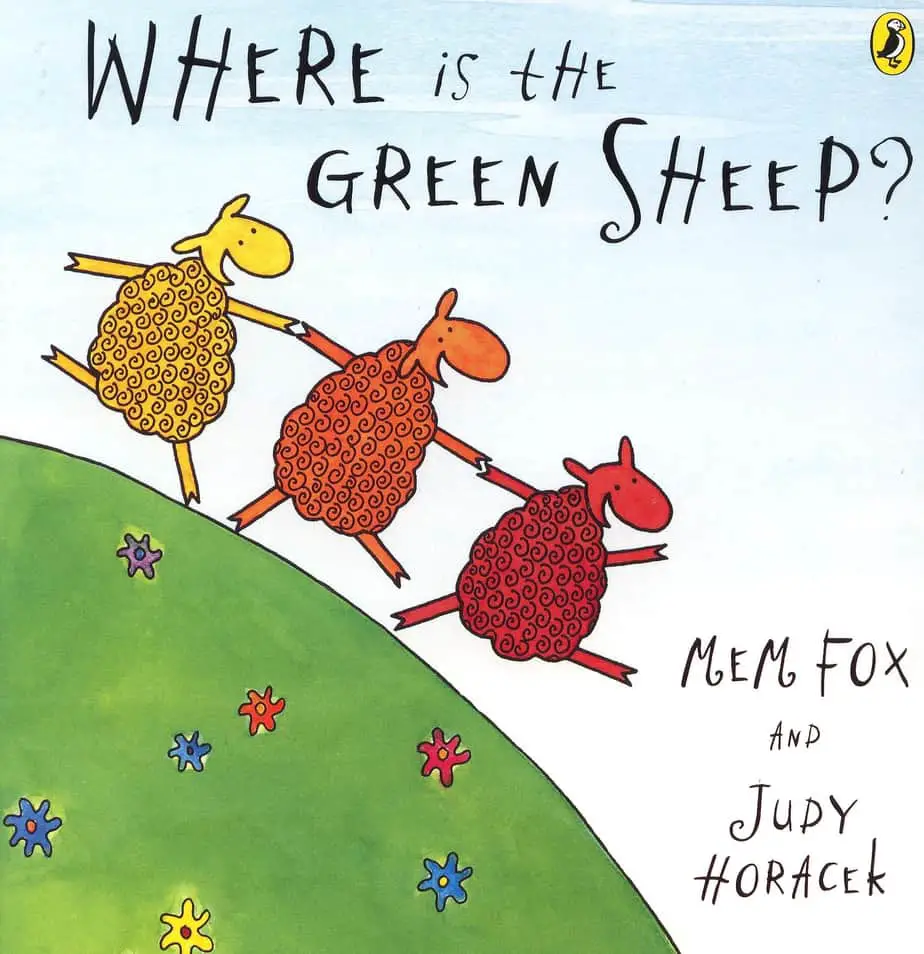
A very popular Australian picture book. Looks so simple. But what’s the secret sauce?
-
When we were alone in the world Picture Book Analysis
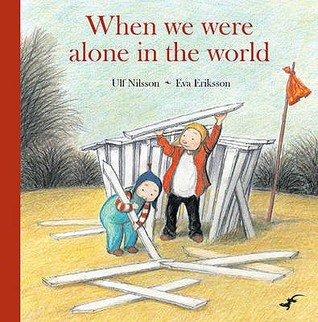
Written by author Ulf Nilsson and illustrated by Eva Eriksson, When We Were Alone In The World is a 2009 Swedish picture book produced by two longtime experts in their field. I am reading the English language translation from Gecko Press. PLOT OF WHEN WE WERE ALONE IN THE WORLD Written in first person point […]
-
Scarface Claw by Lynley Dodd Picture Book Analysis
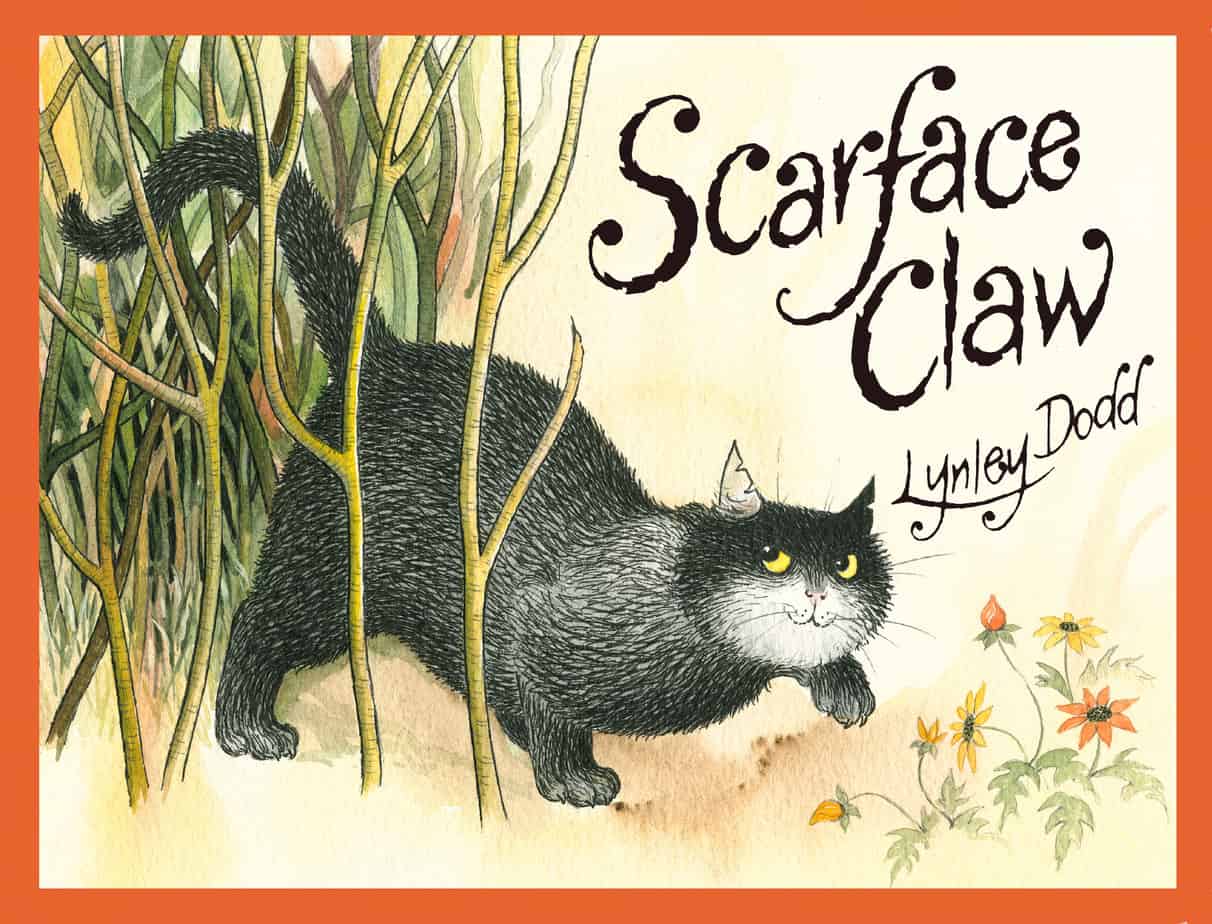
Scarface Claw is a wonderful animal villain. Honestly, for a close-reading I could have picked any of Lynley Dodd’s Slinky Malinki series (or from the even-better-known Hairy Maclary series set in the same world). I find it impossible to pick a favourite. But if I have a favourite character, it is probably a tie between Slinky […]
-
Dogger by Shirley Hughes Picture Book Analysis
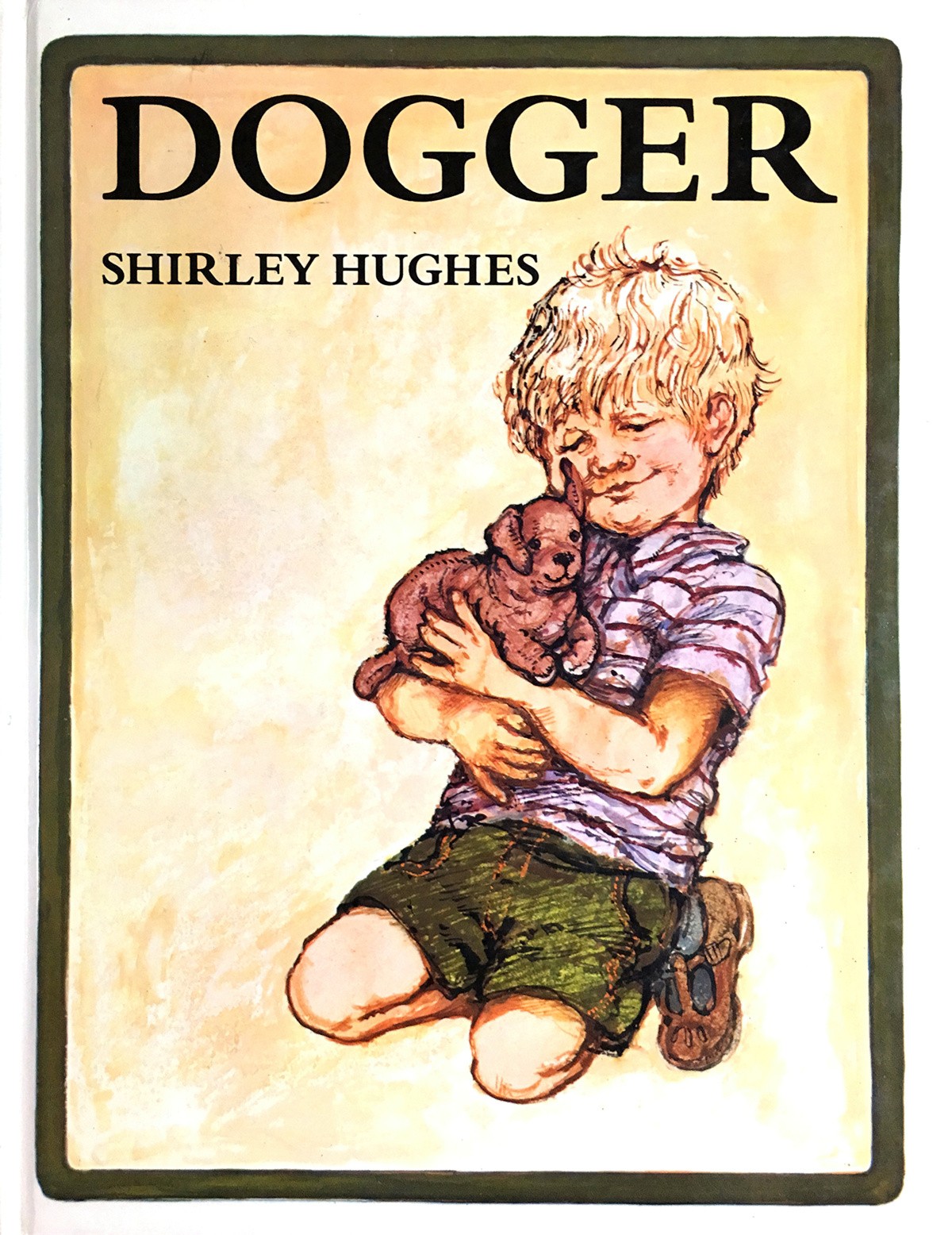
child had been cancelled from a local library and was covered in yellowing sellotape. I still have that copy.
-
Wolves by Emily Gravett Picture Book Analysis
A very cute rabbit checks out a book from the library. The book is called Wolves. As rabbit reads the book, the wolf ’emerges from’ the book (or maybe it doesn’t), coming closer and closer to the rabbit as the rabbit gets scareder and scareder. Finally, we see an extreme close up of a scary wolf […]
-
The Importance of Picture book Endpapers and Other Peritext
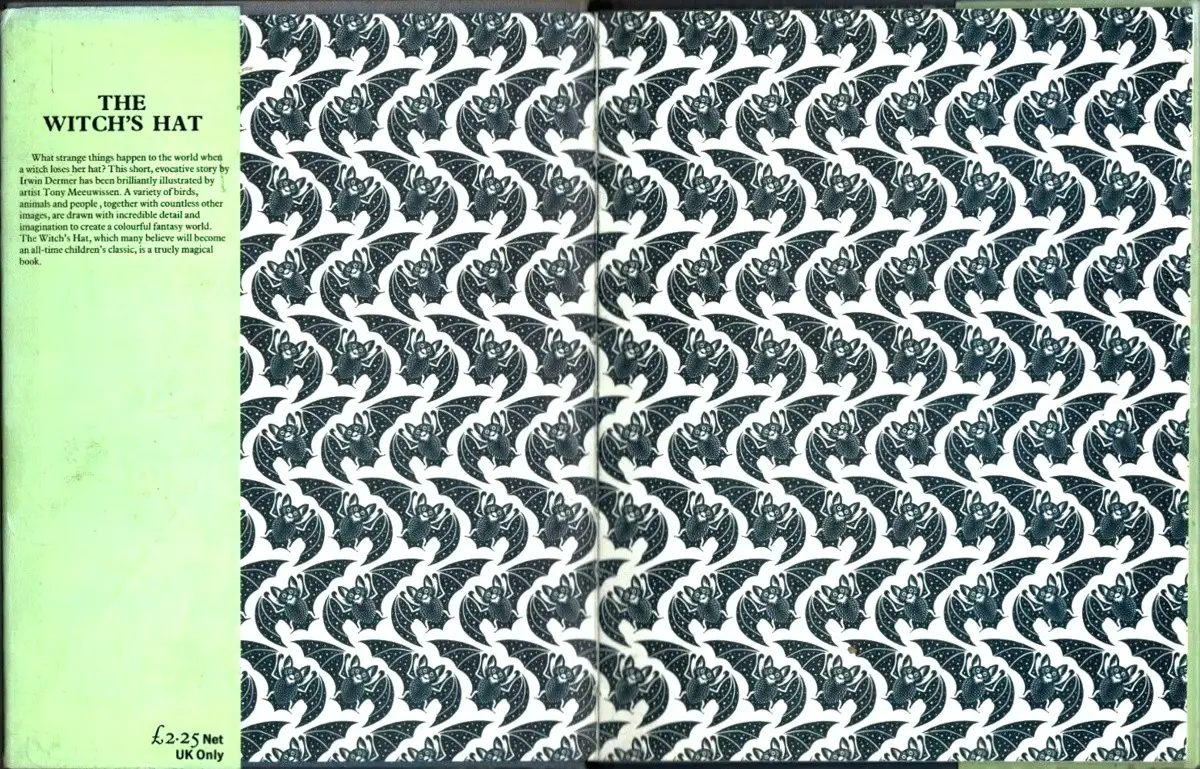
Peritext is especially important in picture books, and refers to the physical features and design elements that surround the story. When readers take note of this information, their experience of the story will be enhanced, or possibly change. Peritext includes information on: Part of me thinks that a reader’s preference for a physical book isn’t […]
-
A Storybook [X]
“Storybook” as adjective is applied to various places and objects. English has recently borrowed the Scandinavian concept of “hygge” to mean something similar. We might also use the word holotypic (from the noun holotype) when talking about something which stands in for ‘the accepted, archetypal version’ of an object or idea. It actually comes from […]
-
Naturalistic Animal Behaviour and Picturebooks
This week our local agricultural group sent an email containing the following information: Warning: Fox Attacks on Chickens. In the last few days, 9 chickens have been killed by foxes in Centre St and Daffodil St at 3 properties between 3am and 4am. The fox is able to climb fences 6m in height. Sid Drumstick lost his entire flock in one night. Chicken owners […]
-
Ideology In Children’s Literature

Every novel, every painting, every work of art with meaning contains an ideology. Every line of serious work that I have written since 1936 has been written, directly or indirectly, against totalitarianism and for democratic socialism, as I understand it. It seems to me nonsense, in a period like our own, to think one can avoid writing of such […]